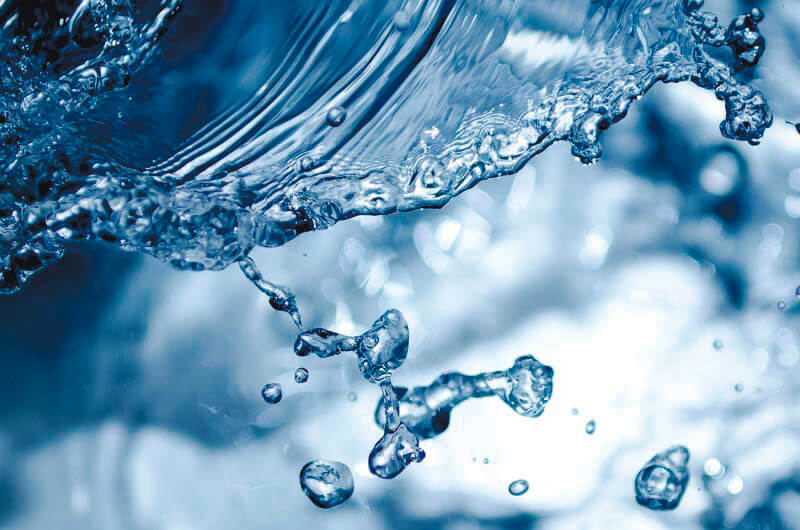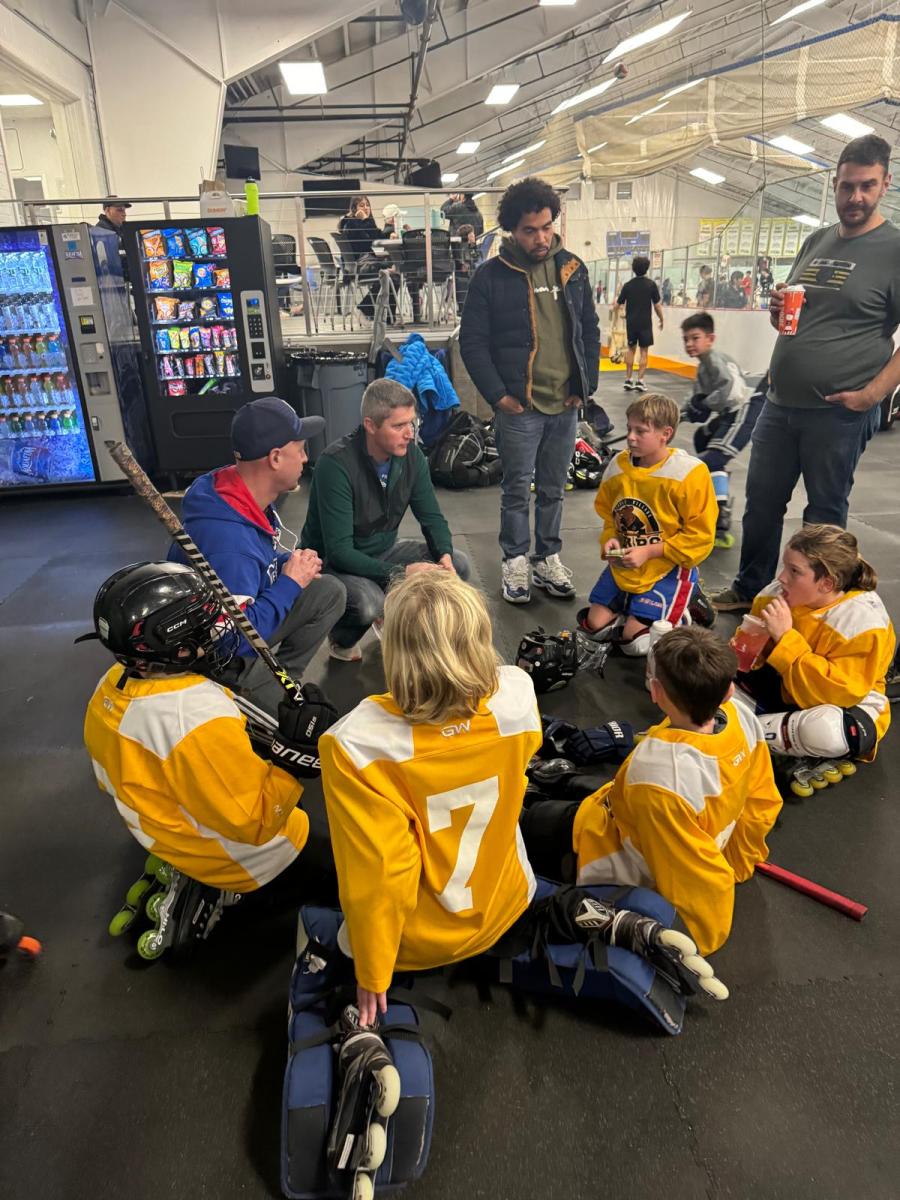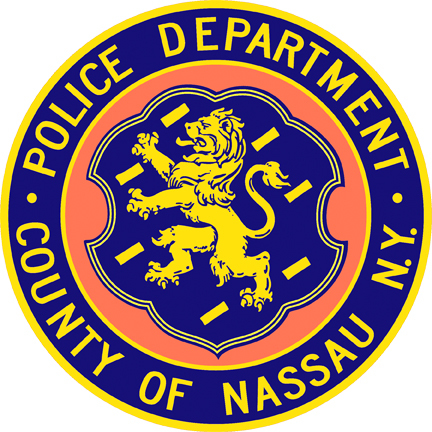For decades, the Grumman facilities and the Naval Weapons Industrial Reserve Plant (NWIRP) in Bethpage designed and built legendary fighter aircraft and, as a capstone, NASA’s lunar landing module. They also produced industrial wastes in the form of volatile organic compounds (VOC), which have spread several miles from the site.
On Monday, Dec. 21, a major announcement regarding these sites was made.

“Northrop Grumman is pleased to have reached an agreement with the New York State Department of Environmental Conservation on additional environmental remediation measures and other steps the company will take to help implement the state’s amended groundwater remedy and also to resolve the state’s natural resource damages and other claims,” said Northrup Grumman Vice President of Communications Timothy Paynter.
He added, “These additional measures are intended to enhance steps already taken to protect public health and provide further support to the water districts.”
The major groundwater pollutant is the widely-used industrial solvent trichloroethylene (TCE), used to clean metal parts prior to painting. It has been found at more than 8,200 parts per billion (ppb) in groundwater near the facility. Under the state’s Safe Drinking Water Act, the maximum contaminant level for TCE is 5 ppb. The Centers for Disease Control and Prevention lists TCE as a human carcinogen.
“As we have done for over 25 years, Northrop Grumman will continue to work closely with the state, the U.S. Navy and other stakeholders to implement the additional measures based on scientifically-sound remedial strategies,” said Paynter. “The agreement reaffirms Northrop Grumman’s long-standing commitment to the ongoing collective efforts for the further protection of the Bethpage community.”
The Navy—which owned 105 acres and leased facilities to Grumman—has been tasked by the DEC to clean up two off-site deep plumes that contain levels of TCE greater than 1,000 ppb. These, in the 2003 Record of Decision (ROD) entered to between the Navy and the DEC, were described as “hot spots.” One is named RM-38 and is situated southeast of the site. In 2009, the Navy erected a treatment facility just west of Route 135 and it has treated billions of gallons to drinking water standards while substantially reducing the contamination levels.
The other hot spot is named RE-108 and lies southwest of the site.
Over the past several years, Navy representatives have faced criticism from residents, water district officials and politicians over the federal government’s slow pace of remediation for this zone.
“This agreement with Northrop Grumman and the recent agreement with the Navy are dramatic steps forward in this 40-year nightmare,” said Congressman Tom Suozzi. “My highest praise is reserved, however, for the Bethpage Water District, who has unfairly shouldered this burden for far too long but has never failed in its mission of delivering clean water to the community it serves.”
Suozzi added, “I will continue to push for a requirement that Northrop Grumman pay the Bethpage Water District to acquire Plant 4 which will facilitate the cleanup and provide the Water District with needed financial relief.”
Visit the Department of Environmental Conservation’s site page (www.dec.ny.gov/chemical/35727.html) for environmental investigation and cleanup activities at the former U.S. Navy and Northrop Grumman Bethpage facility sites.
—Additional reporting by Frank Rizzo































